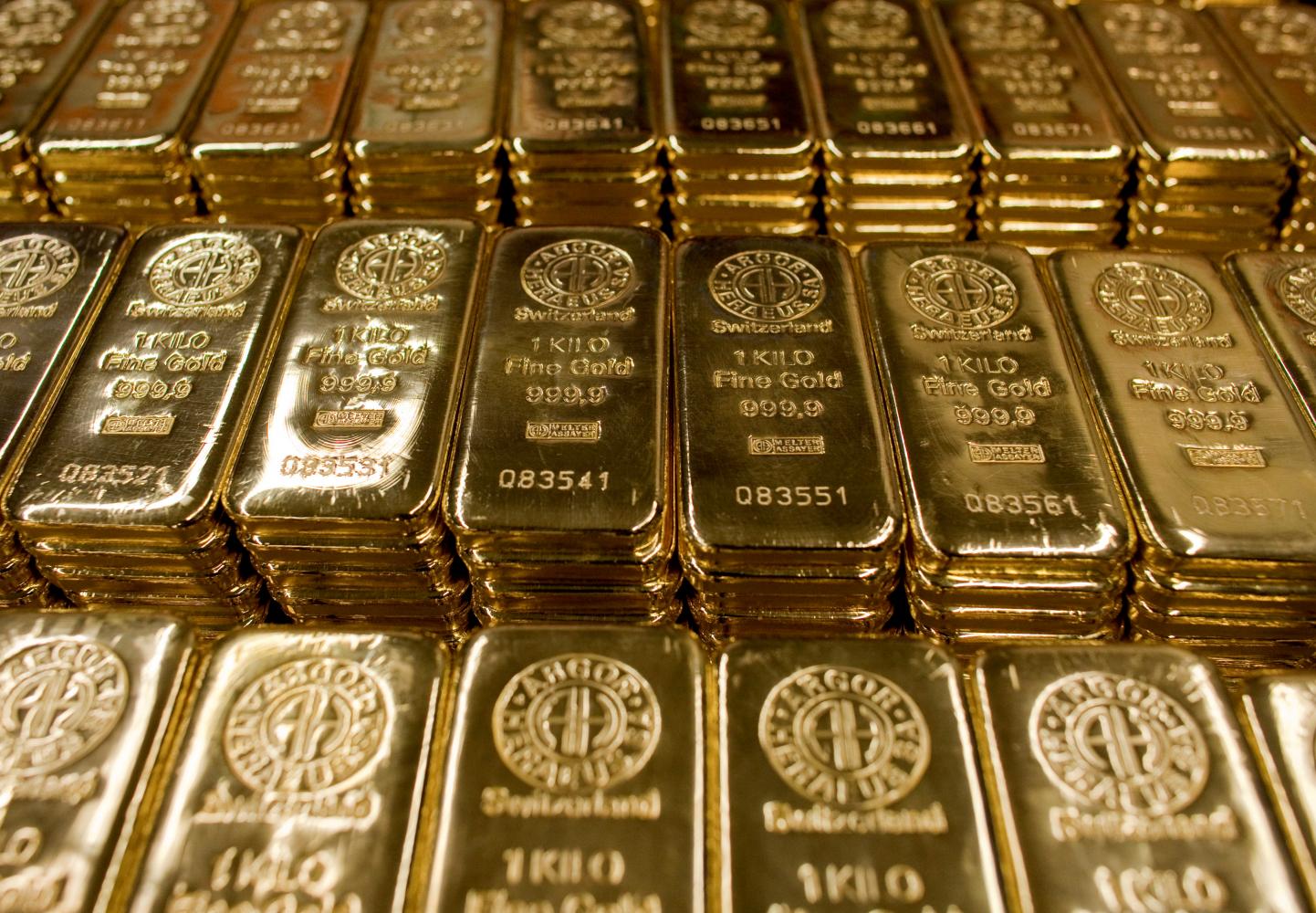The Countries with the Largest Gold Reserves
Gold is considered a crucial element in diversifying a central bank’s foreign reserves because it bears little correlation with other assets, such as currencies and bonds.
While many are monitoring the developments in BRICS, the United States continues to hold the largest stockpile of gold reserves in the world by a considerable margin.

